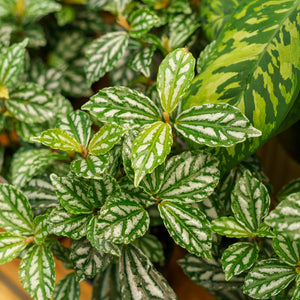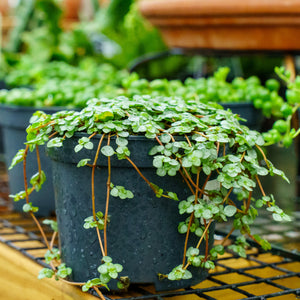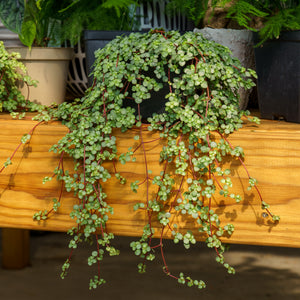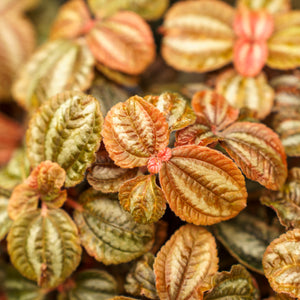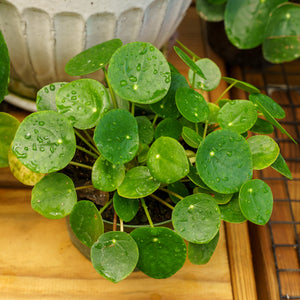The Pilea Guide
Pilea, also known as the friendship plant or Chinese money plant (depending on the species), is a charming group of small, decorative houseplants known for their quirky foliage, easy care, and fast growth. Popular for use in terrariums, tabletops, and hanging baskets, pileas are especially beloved among beginner plant enthusiasts and collectors alike.
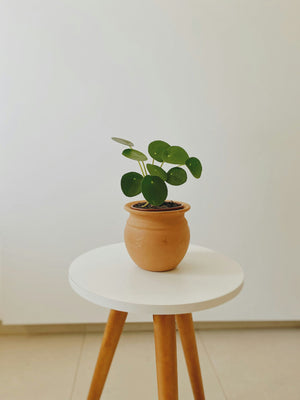
About
Pilea belongs to the Urticaceae family and comprises over 600 species native to tropical and subtropical regions, particularly in Asia and Central/South America. They are primarily herbaceous perennials with a reputation for fast growth, and many produce tiny plantlets that can be easily propagated and shared.
- Pilea peperomioides, or Chinese money plant, is known for its round, coin-shaped leaves and upright habit.
- Pilea depressa 'Tiny Tears' and 'Sao Paulo' are delicate, trailing varieties that work beautifully in hanging baskets and terrariums.
- Pilea mollis 'Moon Valley' features deeply textured, vibrant green leaves with striking veining.
- Pilea involucrata 'Norfolk' and Pilea pubescens 'Silver Cloud' are prized for their velvety, patterned foliage.
- Pilea glauca 'Aquamarine' has tiny silvery leaves and a cascading growth habit that complements shelves and wall planters.
Pilea’s diverse shapes and colors allow them to fit a range of décor styles, from minimalist to jungle-themed interiors.
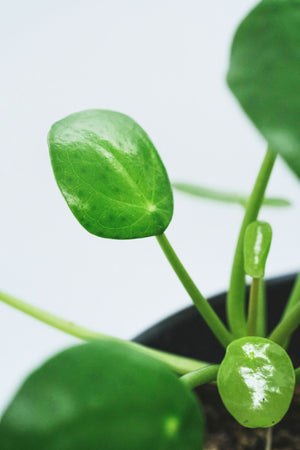
PLANTING
Pilea plants are easy to pot and establish indoors with the right container and soil mix:
- USDA Hardiness Zones: Grown as houseplants in all zones; outdoor use is possible in Zones 10–12.
- Soil: Use a well-draining potting mix rich in organic matter. Add perlite or coco coir for better aeration.
- Light: Bright, indirect light is ideal. Avoid harsh direct sunlight, which can scorch the leaves.
- Containers: Choose pots with drainage holes to prevent soggy soil. Shallow containers are often sufficient due to pilea’s compact roots.
- Planting Time: Pilea can be planted or repotted year-round indoors, with spring being the optimal season for fast recovery.
Avoid placing pileas in drafty areas or locations with significant temperature fluctuations.
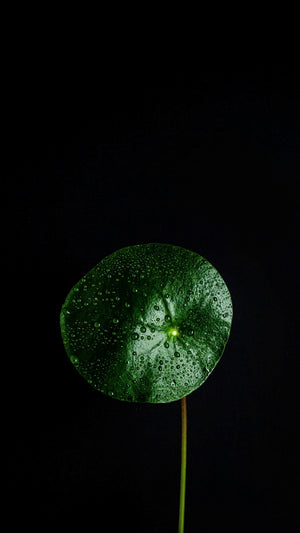
CARE
With minimal effort, pilea can flourish and produce baby plants that make sharing and propagating simple:
- Watering: Water when the top inch of soil feels dry. Pilea is sensitive to overwatering, so err on the side of underwatering. Reduce watering in winter.
- Humidity: Prefers average to slightly above-average household humidity. Terrariums or grouping with other plants can help boost ambient moisture.
- Fertilizing: Apply a balanced liquid houseplant fertilizer every 4–6 weeks during the growing season.
- Pruning: Pinch or trim stems to encourage bushier growth, especially for trailing varieties. Remove any leggy, yellow, or damaged leaves.
- Repotting: Repot every 1–2 years or when roots outgrow the container. This is also a good time to divide or propagate.
If your pilea is drooping, check for signs of overwatering, underwatering, or rootbound conditions.
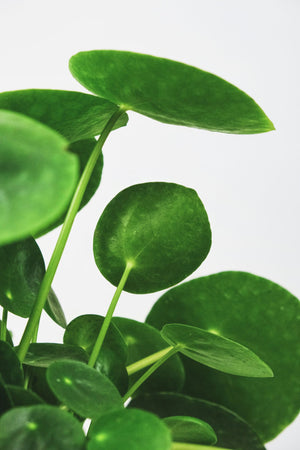
HOW TO USE
Thanks to their tidy growth and unique leaf textures, pileas are great for accenting indoor spaces in subtle and stylish ways:
- Windowsills & Desks: Pilea peperomioides and 'Moon Valley' bring cheerful, structural foliage to compact spaces.
- Hanging Baskets & Wall Planters: Use trailing forms like Pilea depressa 'Tiny Tears' or Pilea glauca to spill over edges gracefully.
- Terrariums: Small-leaved types such as Pilea microphyla variegata or 'Sao Paulo' are perfect for humid, enclosed displays.
- Group Plantings: Combine with peperomia, calathea, or fittonia for high-contrast foliage displays.
- Plant Gifting: Since pileas produce abundant plantlets, they’re popular as gifts to friends—hence the name “friendship plant.”
Pilea’s friendly size and fast growth make it an ideal plant for beginners and collectors alike.

COMMON QUESTIONS
- How to propagate pilea? Most pileas can be propagated from plantlets or stem cuttings. Gently separate offshoots and replant them in moist soil or water.
- Are pilea toxic to cats? No, pilea is non-toxic to cats.
- Are pilea toxic to dogs? No, pilea is also non-toxic to dogs.
- How often to water pilea? Water every 7–10 days, depending on humidity and light levels. Allow soil to dry slightly between waterings.
- How to care for a pilea plant? Provide bright indirect light, moderate humidity, well-draining soil, and regular light feeding.
- Why is my pilea drooping? Common causes include overwatering, underwatering, poor lighting, or being rootbound. Assess care routine and adjust as needed.
Conclusion
Pilea plants bring whimsy, texture, and charm to indoor gardens with minimal maintenance. Whether you prefer the architectural look of Pilea peperomioides or the delicate cascading foliage of Pilea glauca, this diverse genus has something to offer every plant lover. Easy to propagate and safe for pets, pileas are the perfect companions for brightening shelves, desktops, and terrariums alike.
The Pilea Collection
Sold Out
Sold Out
Sold Out

